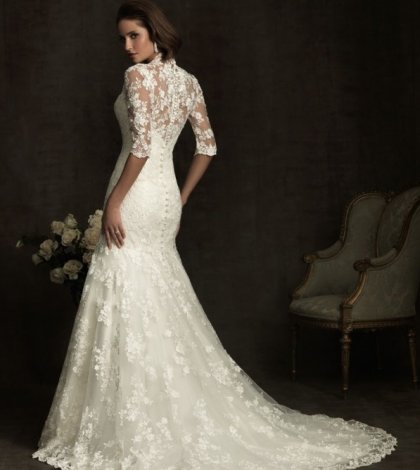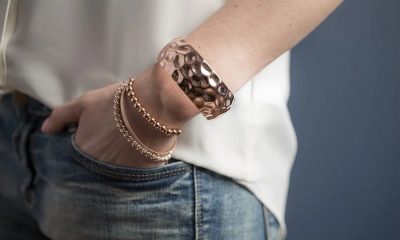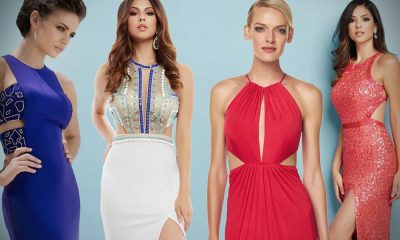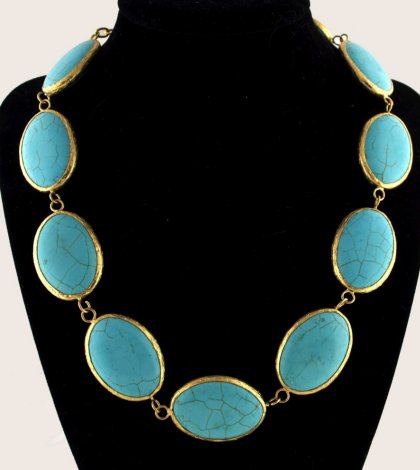When using the word ‘vintage’ about wedding gowns, one should be aware that it has a dual meaning in today’s world of fashion: It can, however, also mean that the gown has been carefully replicated from old photos or drawings. The word ‘vintage’ can today also be interpreted as ‘second hand’ gowns/dresses, although it is not said loudly.
It may be a costly affair to create/purchase a wedding gown and only use it for some hours on the day of the wedding. There are, of course rich and famous people, including royalty, who can afford it and who preserve exclusive gowns as family heirlooms to be re-used wholly or partly by the subsequent brides of the family. Such gowns can be called true vintage gowns.
On the other hand, in today’s economic conditions, there are many commoners who find it unnecessary, not to say waste of money, to spend an awful a lot of money for a dress to be worn a single day, although it usually is the dream of a bride to show off her best. Brides will often forgo her dream about a gorgeous new dress and will therefore, without any hesitation, go for ‘vintage’ gowns, which have been worn by others for a similar occasion. Another form of ‘vintage’ is to hire the gown like the groom often chooses to hire his outfit instead of spending a lot of money for that special day.
Goring back to the real vintage gowns one must be aware that royal weddings are the ones most talked about and described in detail after the ceremony. Until the bride walks down the middle of the church, the design and materials are kept as a tight secret so that the awe will be the greater on the wedding day when the bride steps out of the carriage or car. Such gowns, which both invitees and public at large may see and admire, count for a lot to enhance one’s social standing if one is not a royal.
As examples one can mention spectacular outfits for princesses and queens and celebrities. In England, at the time she was Princess Elisabeth, the country experienced post-war austerity. She was so well liked that many hundreds of brides-to-be sent their cloth coupons to her so that she could have the dress of their dreams.
When Princess Margaret, Elizabeth’s fashionable sister, married in 1960, she chose, much against the designer’s wish, a streamlined version of the hour-glass ball-gown silhouette suiting the figure of the princess. It was a made with many layered organza with no embellishment. In keeping with the attitude of the princess, it struck a clear true note of the personality.
Lady Diana Spencer wore a riotously romantic Victorian wedding gown full of frothing ruffles… not to mention the 25 foot long train. Her extraordinary outfit fulfilled the public fantasy about a fairy-tale princess wedding.
In the early 1900’s many ladies favoured fluffy and elaborately decorated dresses and gowns with pintucs and many layers of lace were in fashion then. The gowns became more and more sleek and thus demanded extra skilful tailoring.
As the hemline went upwards from full skirt to tea-length, the grandiosity also disappeared. A notable feature has been that as the gowns grow sleeker and sophisticated, the accessories gain more importance.




















